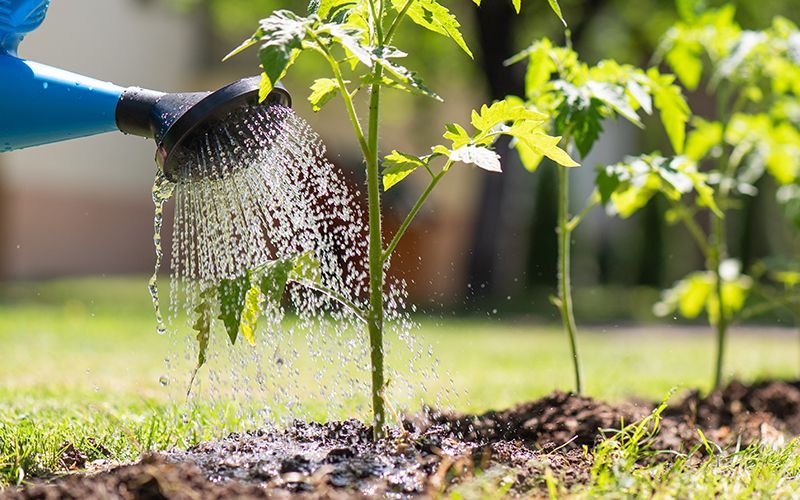
Garden Watering Strategies
|
|
Time to read 5 min
 You are being redirected to QC Supply Pharmacy, where you’ll find a wide selection of high-quality prescription and pharmaceutical products for animals of all sizes.
Enjoy the same great service and expertise you trust from QC Supply.
Click below to continue shopping.
Continue
No thanks, stay on the main site
Powered by
You are being redirected to QC Supply Pharmacy, where you’ll find a wide selection of high-quality prescription and pharmaceutical products for animals of all sizes.
Enjoy the same great service and expertise you trust from QC Supply.
Click below to continue shopping.
Continue
No thanks, stay on the main site
Powered by


|
|
Time to read 5 min
You cannot have a successful garden without water. That is the end of the post. No water, no garden. No garden, no tasty home-grown vegetables. And no, you can't rely solely on Mother Nature to water your garden, you're going to have to put in some work. Every summer brings a stretch of hot, dry days when garden irrigation is essential for success.
A lack of water can wreak havoc, even if it is just for a few days. All plants draw in nutrients through their roots and move those nutrients through the plant in a water solution...a lack of water equals a lack of nutrients.
Under drought stress, garden plants may produce small fruit (like undersized tomatoes or melons), or no fruit at all - which no one wants! They may become tough, fibrous, or bitter, as with cabbage or turnips. They may bolk, sending up a flower stalk and stopping growth, as with lettuce and spinach. Or, worse yet, they may wither up and die.
Do not wait until the perfect time to water (or wait for rain). Check your soil to determine if you need to water your garden. Use a spade or trowel to dig into the soil; the top inch of dirt may be dry, but the soil below should be somewhat moist. If the soil is dry two inches below the surface, it is time to water.
Your vegetable garden needs at least one inch of rain per week. By using a simple rain gauge or following weather reports, you can determine if your garden received one inch of rain over the last week. One inch of rain is a lot of water. For a 100-square-foot area, one inch of rain is 62 gallons of water.
Do you know how to determine the size of your garden? Measure the length and width of the area in feet. Multiply those numbers to get the total square footage. Let's say your garden is 20 feet by 30 feet.
Water gardens on sandy soils twice a week, supplying 1/2" of water (31 gallons per 100 square feet) each time.
A water meter on your hose is the easiest way to determine how much water you are using in your garden. But, did you know you can also use a clock and a bucket?
No single method of watering or measuring water use will work for all gardens. Do what is right for your garden in your area.
Mulch or plastic film used as a cover for low tunnels will change the way water reaches the soil and the amount of evaporation from the soil. They also make it more difficult to irrigate unless you have a drip system set up before placing the cover. Non-plastic row covers are permeable to rain or water from a hose or sprinkler.
If you are using a hand-held hose, you may underestimate how much water you have applied, so measuring the rate is extra important.
Plant roots need water, not the leaves. Wet leaves, especially in the spring, can cause leaf diseases. Low and slow watering will allow the water to soak into the soil and be available to plant roots. However you choose to irrigate, be sure you are applying the water slowly enough so it does not puddle and run off the soil. Sandy soil will accept water faster than heavier soils.
Not enough water can cause issues in your garden, but so can too much water.
You can't control the weather, so if you live in an area where you consistently get a lot of rain, you may want to look into planting your garden in raised beds.
Hopefully, we've given you a few tips and tricks to keep your garden perfectly watered all spring and summer...right up until when you collect your beautiful bounty! Looking for more garden tools or supplies? Check out our Horticulture supplies here.
Did we miss any watering tips or tricks? Drop a comment below! Still have questions? Give our experts a call today at 888-433-5275.

